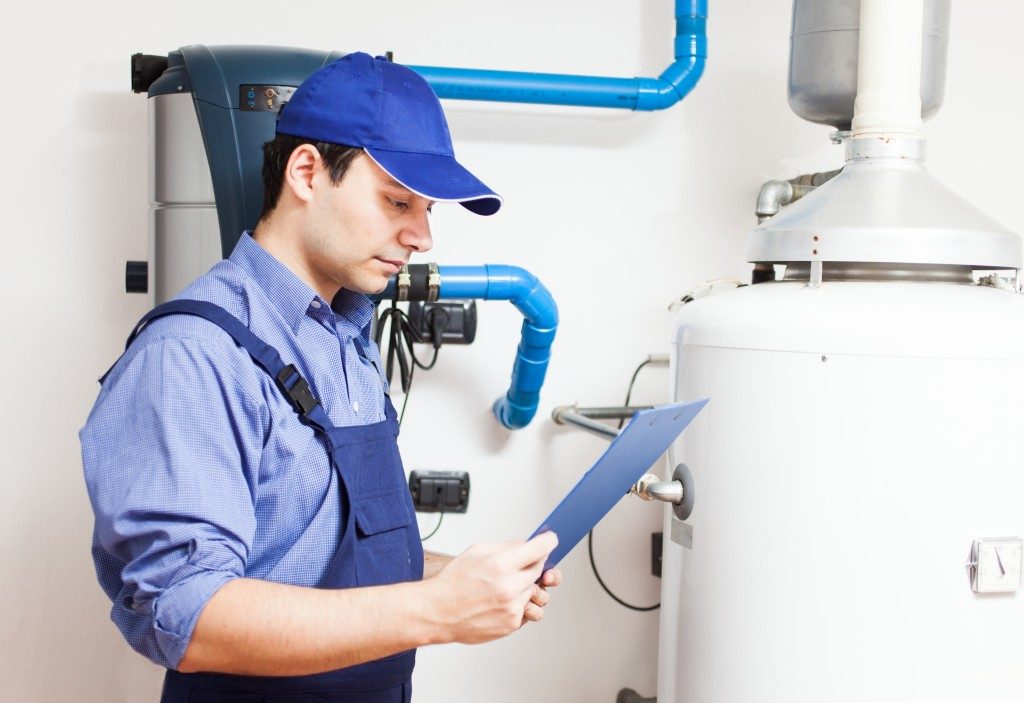According to the US Energy Information Administration, the energy consumed by the average American household is largely spent on heating and cooling needs. Of this figure, around 17% goes towards water heating alone and is the second-largest expense on your utility bill.
Here in Millcreek, we enjoy a fairly warm climate compared to other parts of Utah, but there is still a lot of precipitation, and the cold months see a rise in energy expenses as you use more hot water than usual. Below are a few changes which can make a substantial difference in improving your water heating efficiency.
Adjust the thermostat
As a rule of thumb, for every 10 degrees you lower your heater setting, the long-term savings on energy will go up 3-5 percent. If you’ve never touched the thermostat on your heater, chances are it’s still at the preset of 140 degrees for most manufacturers. Dial this down to 120, and after a couple of hours, take a shower; you can experiment further and lower it even more if you’re still comfortable. This simple adjustment will also help reduce the risk of scalding and mineral deposits.
Reduce hot water usage
How much hot water do you need? While no one wants to take a cold shower in the middle of winter in Utah, you can make a difference by taking shorter showers, as nearly two-thirds of average heating costs are allocated for this purpose. Other activities, such as washing the dishes or doing the laundry, can be made more efficient by doing full loads with cold water instead. This will help you to reserve hot water for your comfort.
Inspect and fix leaks
Any efforts to improve your water heating efficiency will be hindered by the presence of leaks in the house. As we head into the cold months, it’s vital to attend to any repairs you might have been putting off. A leaky faucet, for instance, is a simple DIY job. If you inspect and find leaks around your water heater, though, you might need to call in a professional for assistance.
Insulate your heater and pipes

A water heater’s tank can slowly dissipate heat to the surroundings, which in turn increases your energy consumption as the system tries to maintain the desired heat levels in storage. This heat loss also occurs in the pipes connected to the unit. While modern tanks come with higher insulation levels, if you have an older system with an R-value below 24, you could benefit from a tank blanket with a rating from R-5 to R-10. Insulation can also be installed along the first 5-10 feet of pipes to minimize heat loss further.
Tank maintenance
Water tanks need regular maintenance to flush out sediment, improving the heating efficiency, and removing mineral buildup. As winter approaches, make sure you get the maintenance out of the way. And if your tank is nearing the end of its lifespan – most systems have an expectancy of 10-15 years – then you could benefit from an upgrade to a tankless water heater system, for example. Professionals located in Millcreek can carry out your new water heater installation to yield long term savings on energy.
By becoming more efficient with your water heating and consumption, you’ll be able to lower your utility bill and environmental footprint, while still enjoying the convenience of hot water when you need it.

